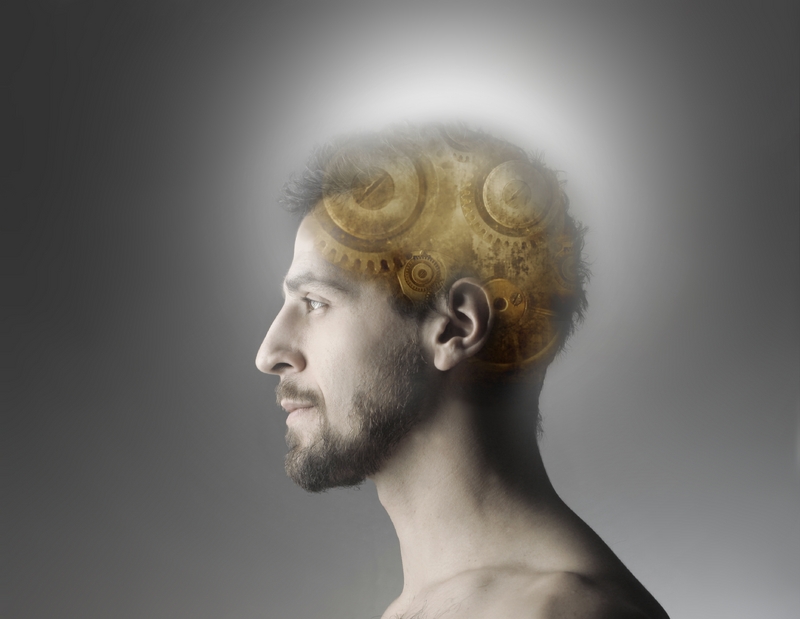Depressed Patients May Process Hate Feelings Differently

Feelings of hate may be different for those with depression, a new study suggests.
The results show depressed people have abnormalities in the brain's so-called "hate circuit." Normally, brain activity is synchronous across this circuit's three regions. But in depressed patients, activity in these regions is out of sync, said study researcher Jianfeng Feng, a professor in computer studies at the University of Warwick in the United Kingdom.
These differing activity levels, which the researchers referred to as an "uncoupling" of the circuit, may explain why depressed people experience self-loathing, they said. Depressed people may not be able to deal appropriately with feelings of hate, and as a consequence, develop self-hatred and withdraw from social situations, the researchers said.
However, much work is needed to conclusively show that depressed patients do indeed have problems with their hate control that are tied to this brain circuit. Patients in the study were not doing anything in particular while they had their brains scanned, so it's impossible to know what their feelings were at the time. In addition, it's not clear whether the brain abnormalities are a cause or a consequence of depression, Feng told MyHealthNewsDaily.
Brain scans
In the study, researchers scanned the brains of 39 depressed patients and 37 healthy people using functional magnetic resonance imaging (fRMI).The researchers used the scans to create maps of networks in the brain.
They found that the hate circuit— which consists of the superior frontal gyrus, insula and putamen of the brain— was decoupled in depressed patients.
Get the world’s most fascinating discoveries delivered straight to your inbox.
The method used in this study to analyze the brain is exciting, said Angela Laird, an associate professor of radiology at the University of Texas Health Science Center San Antonio. The researchers were attempting to look at the brain's so-called "functional connectivity," that is, interactions between brain regions during the course of a particular task, or at rest, Laird said. This method allows researchers to examine around 100 brain regions, instead of just the eight or 10 regions that could previously be examined, Laird said.
Criticism
However, Laird said she is "less enthusiastic" about the conclusions the researchers drawn from their finding. "They made a very direct connection," between the brain activity patterns they saw and their conclusion that the "hate circuit" is uncoupled.
The hate circuit, which was identified in 2008 by Semir Zeki of University College London, is associated with other tasks, Laird said. In fact, two of the brain regions in the "hate circuit" are also thought to be involved in feelings of love.
Laird said she sees problems with the practice of labeling a set of regions in the brain as a specific circuit, such as the "hate circuit."
This practice "tries to reduce very complex functions associated with a set of very complex brain regions down to a few buzz words," Laird said.
While new technologies have advanced the way we analyze the brain, our methods for interpreting study results have not reached the same level, Laird said.
In their next study, the researchers said they plan to show images to depressed patients of objects or people the patients dislike while their brains are scanned, Feng said.
The study is published today (Oct. 4) in the journal Molecular Psychiatry.
Pass it on: Depressed patients may have problems with the function of a brain circuit thought to be involved in feelings of hate.
This story was provided by MyHealthNewsDaily, a sister site to Live Science. Follow MyHealthNewsDaily staff writer Rachael Rettner on Twitter @RachaelRettner. Find us on Facebook.

Rachael is a Live Science contributor, and was a former channel editor and senior writer for Live Science between 2010 and 2022. She has a master's degree in journalism from New York University's Science, Health and Environmental Reporting Program. She also holds a B.S. in molecular biology and an M.S. in biology from the University of California, San Diego. Her work has appeared in Scienceline, The Washington Post and Scientific American.


